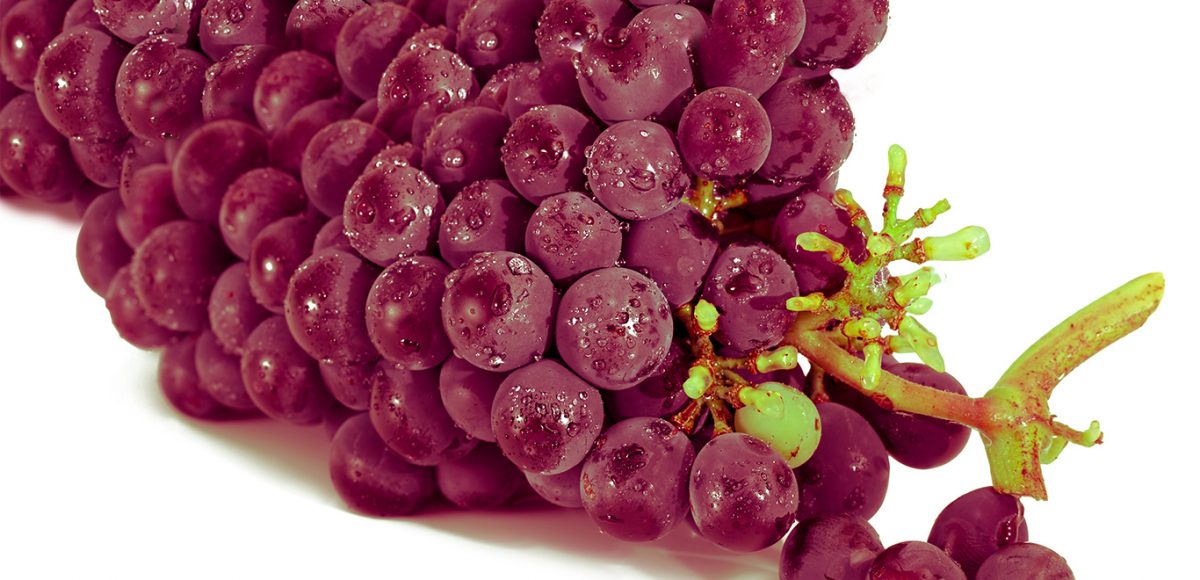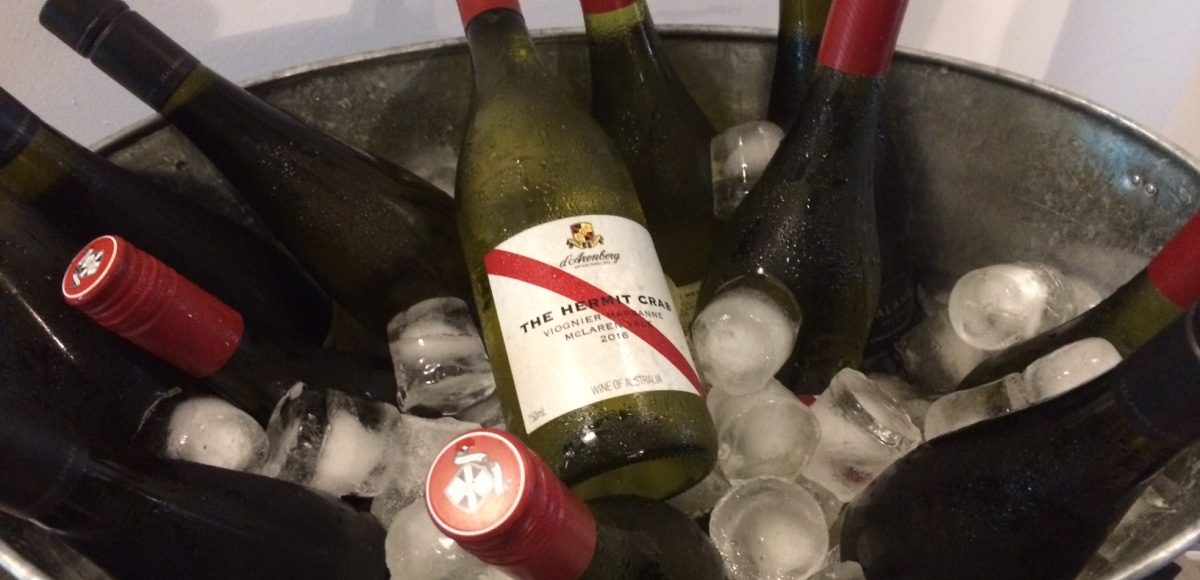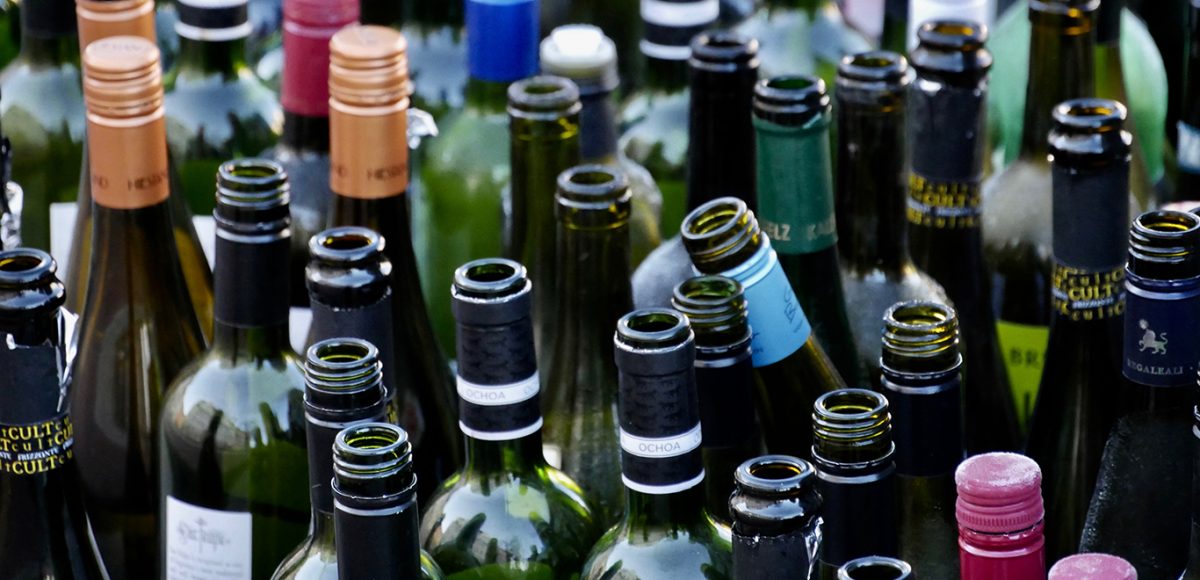When we think of the classic sweet wines of the world we think of Sauternes in Bordeaux, Tokaji Aszú in Hungary and Germany and Austria with their Beerenauslesen.
The two principal categories of sweet wines are late harvest and fortified. The finest Late Harvest sweet wines have been affected by a mould called Botrytis, which grows on the grapes skins when left to over ripen on the vine causing the berries shrivel concentrating the sugar, acidity and flavour. Botrytis requires a high concentration of sugar and damp conditions to survive. When picked the bunches of grapes look disgusting, covered in a grey mould. The grapes are picked individually, which is slow and labour intensive requiring pickers to go through the vineyard everyday over several weeks selecting grape by grape. The wine can be pure nectar, honey, dried fruits and a zippy acidity.
Sweet Sherry from Jerez, Port from the Douro Valley in Portugal and Madeira, from the island of the same name, are all made by stopping the fermentation with the addition of alcohol, known as ‘fortifying’, leaving most of the grapes natural sugars in the wine.
Late harvest grapes in Germany and Austria known as Beerenauslese made from Riesling and ‘Sélection de Grains Nobles’, from Gewurtztraminer in Alsace are among the finest sweet wines in the world.
Another great sweet wine is Ice wine made from frozen grapes. Bunches of grapes are left on the wine until winter sets in and the temperatures drop to well below 0ºC, typical in Canada, Germany and Austria. It is risky leaving grapes on the vine months after the autumn harvest waiting for the winter to arrive. Tiny quantities are made, consequently the wines are more expensive but worth it.
Among new world countries Australia produces very fine sweet botrytis Semillon. Growers in Chile make excellent sweet wine with Muscat as do the South Africans with Riesling and Chenin Blanc.
Sweet wines are considered by many as dessert wines when actually they make ideal pairings when served chilled with many dishes; ham, foie gras, blue and mature hard cheeses, fresh ripe fruit like strawberries and apricots.
Although the classic sweet wines are among the finest wines in the world this has not prevented them fallen out of fashion, which is a real pity. Part of the problem is the negative press that surrounds sugar and calories. Also the term botrytis sounds like a disease and could hardly be less appealing to the unexperienced wine drinker. As wine consumers have become more used to dry wines, sweetness has become a negative term.
Trends change and in time I hope that wine drinkers will discover or rediscover the pleasure of sweet wines. Restaurants need to be more adventurous including sweet wines on menus. Producers could help by giving more advice on food matching on the back label.
A glass of sweet wine is wonderful at any time of year, so go on indulge yourself.
This article was published in the newspaper El Mundo










